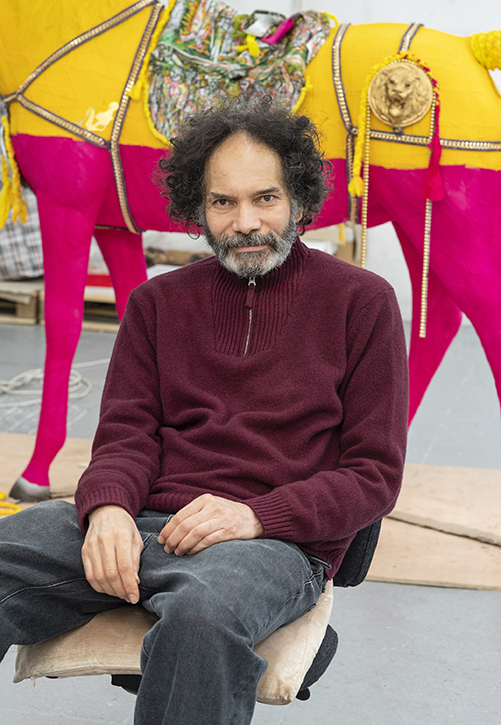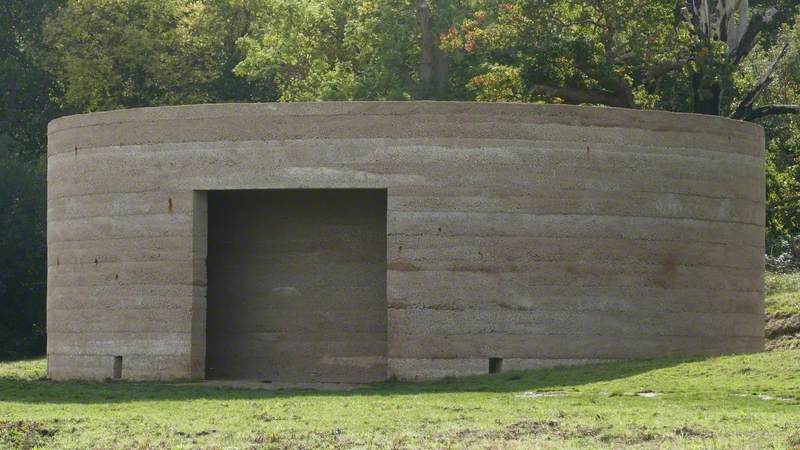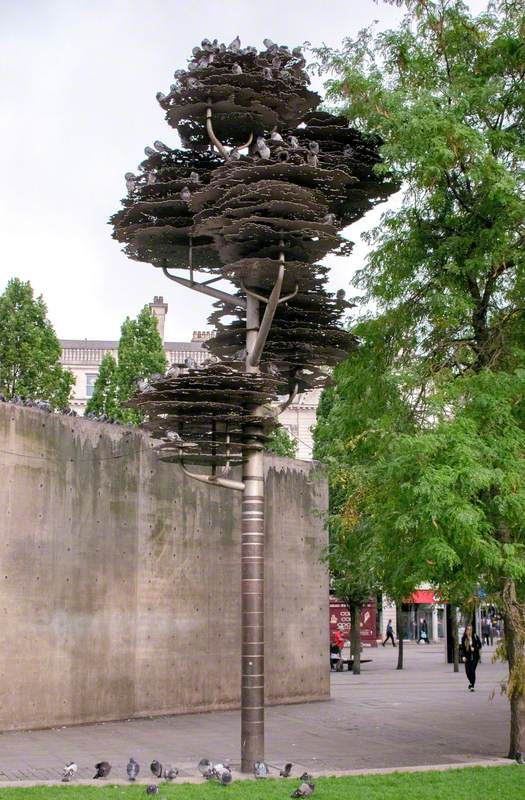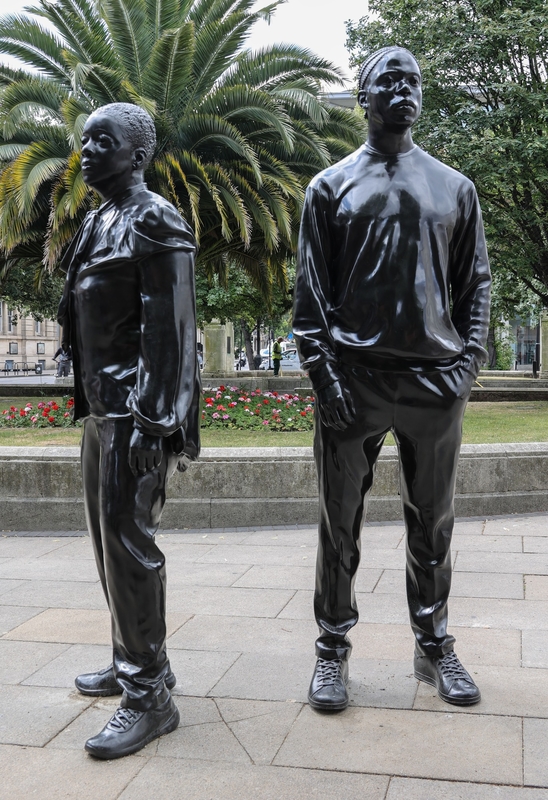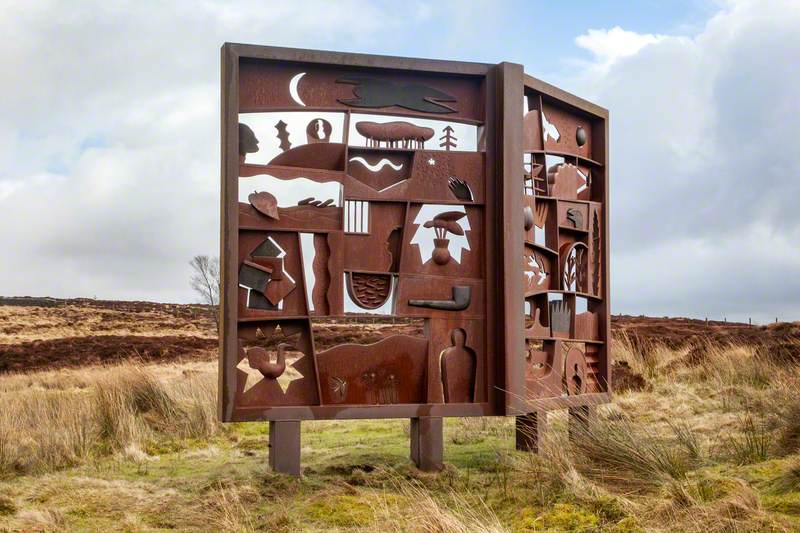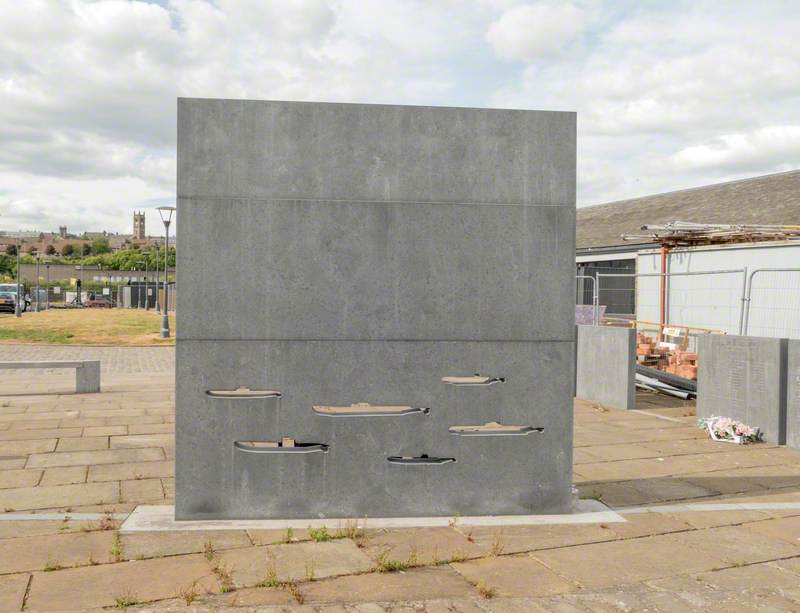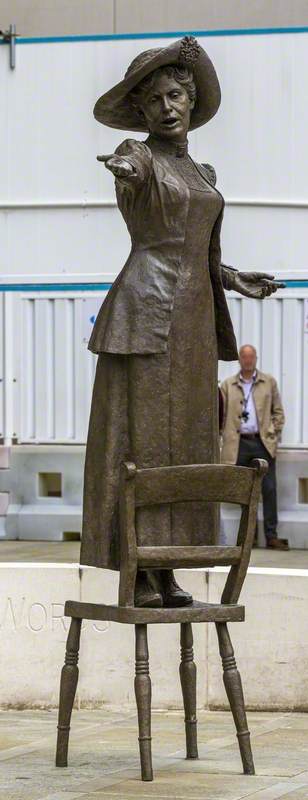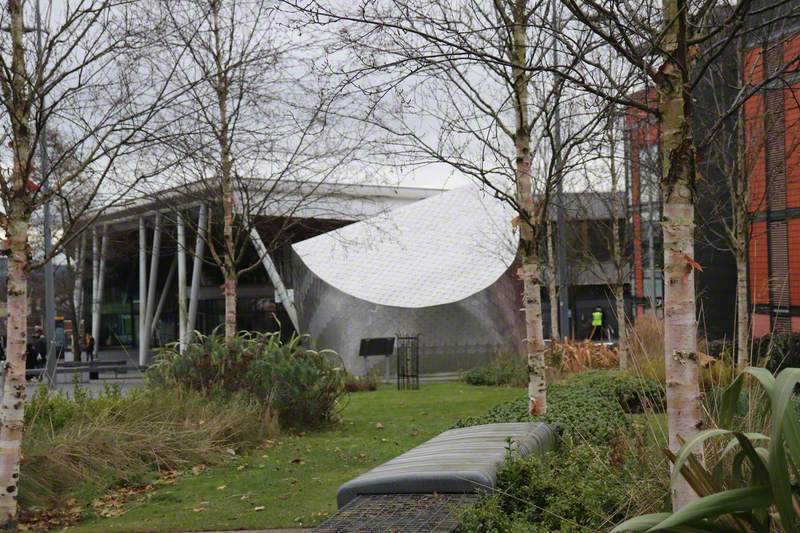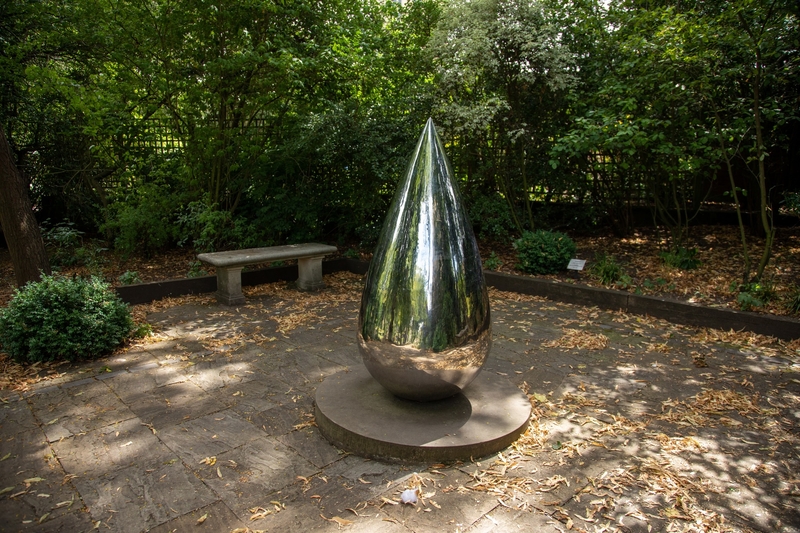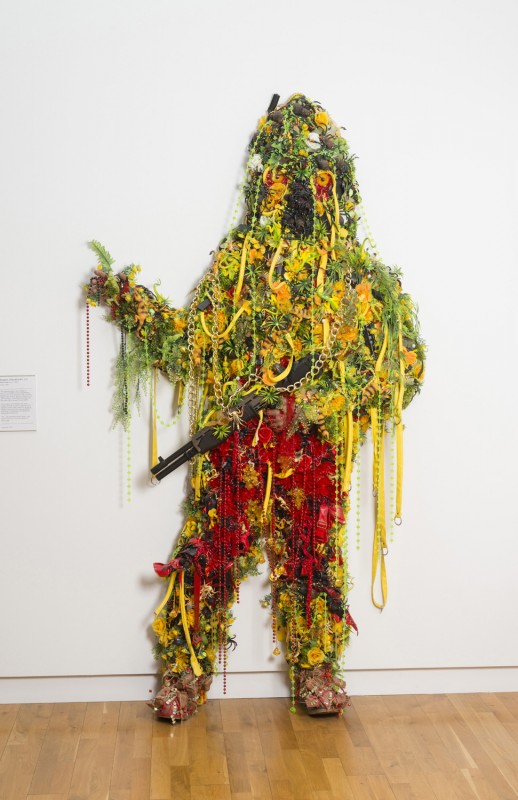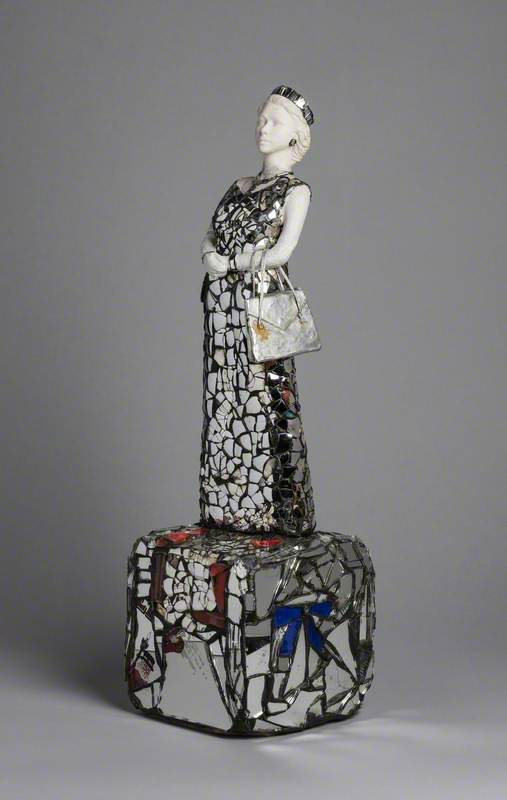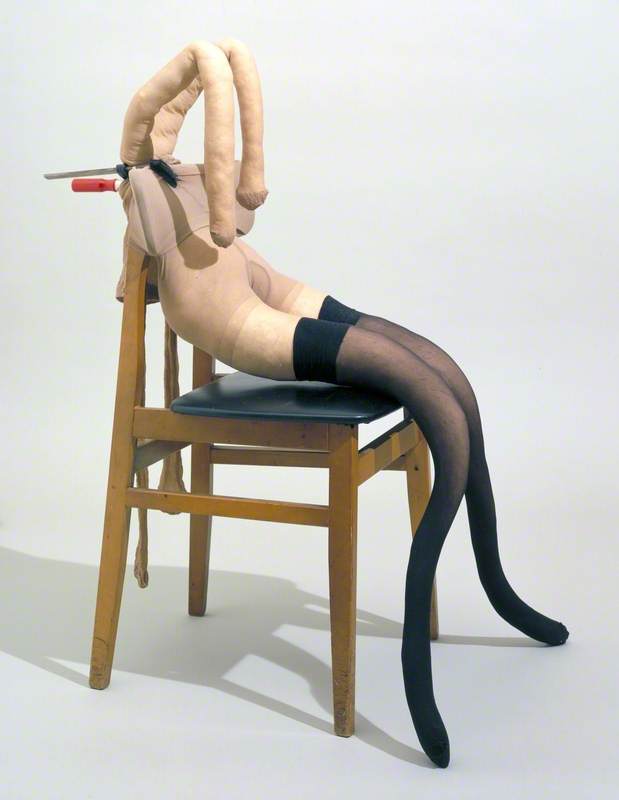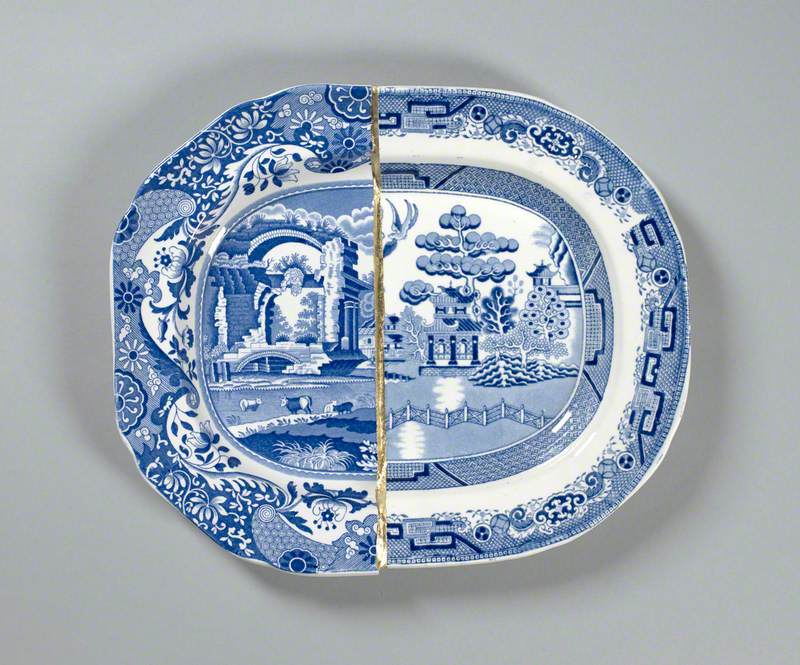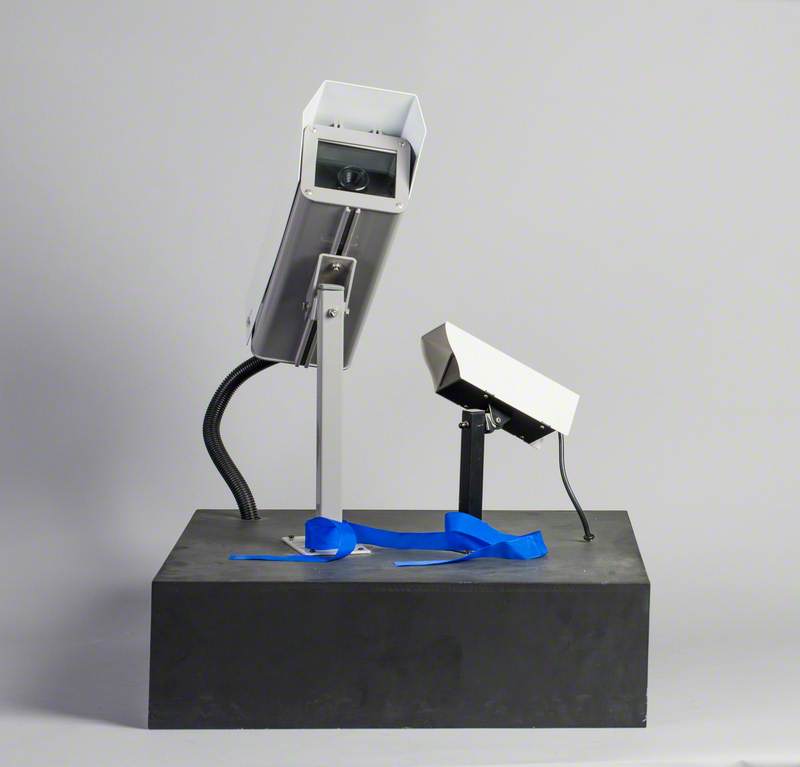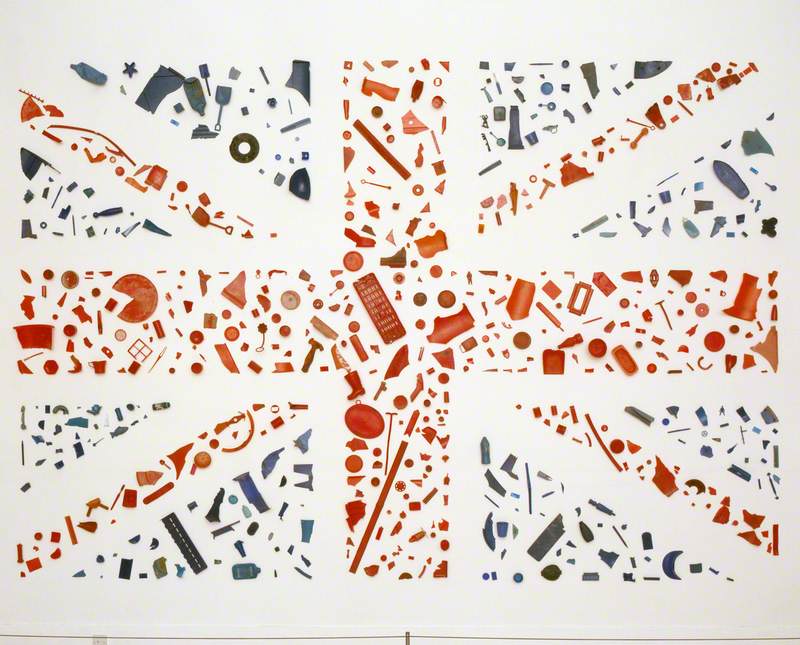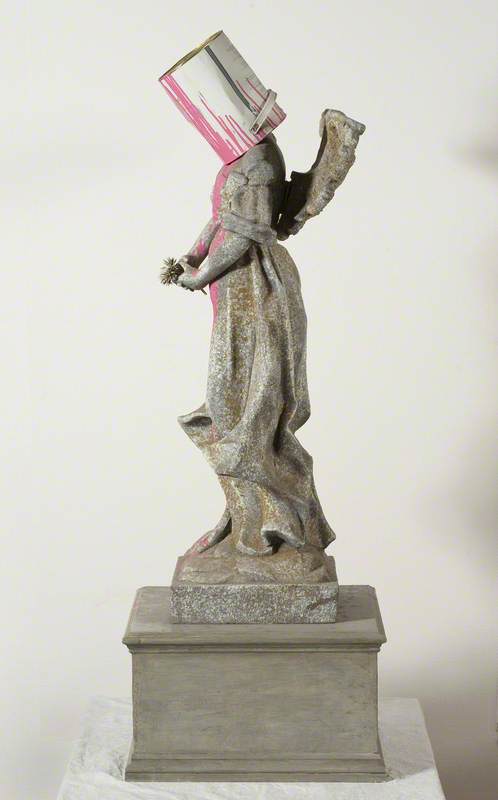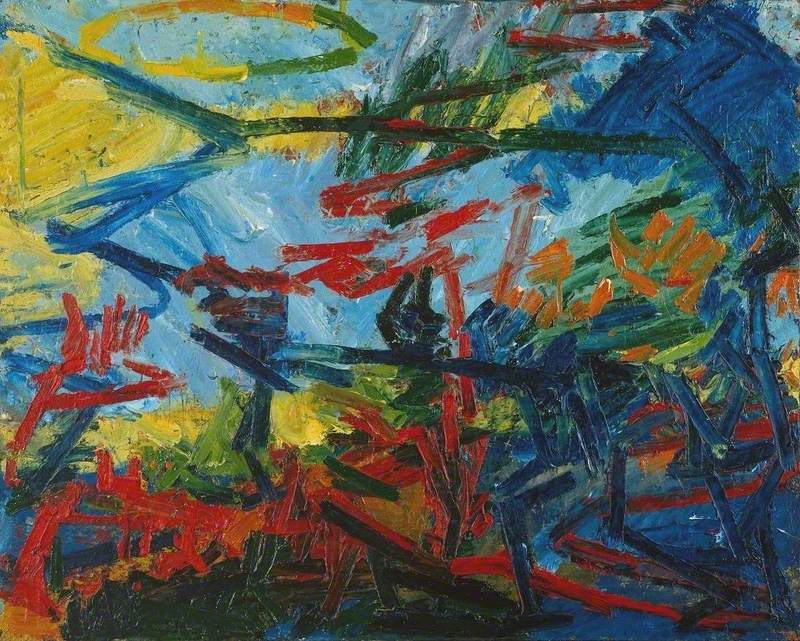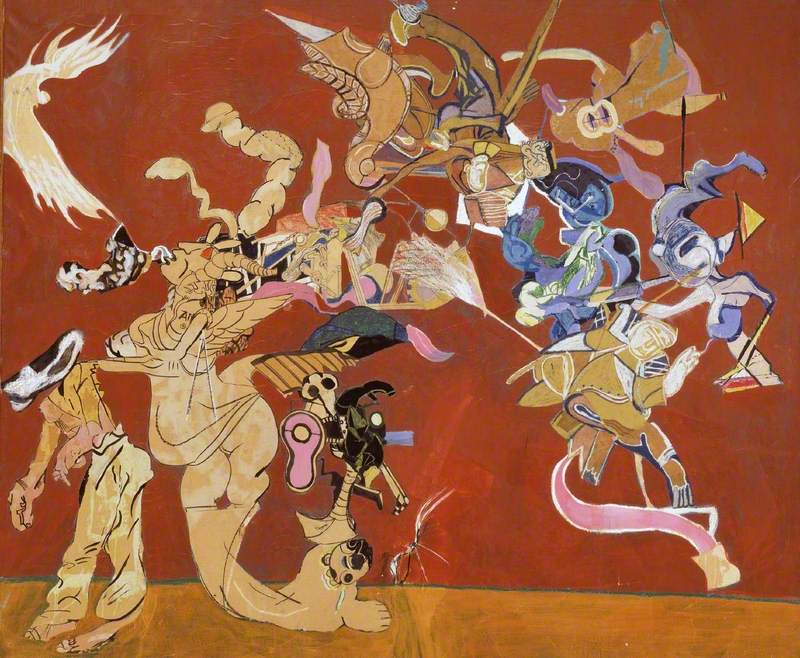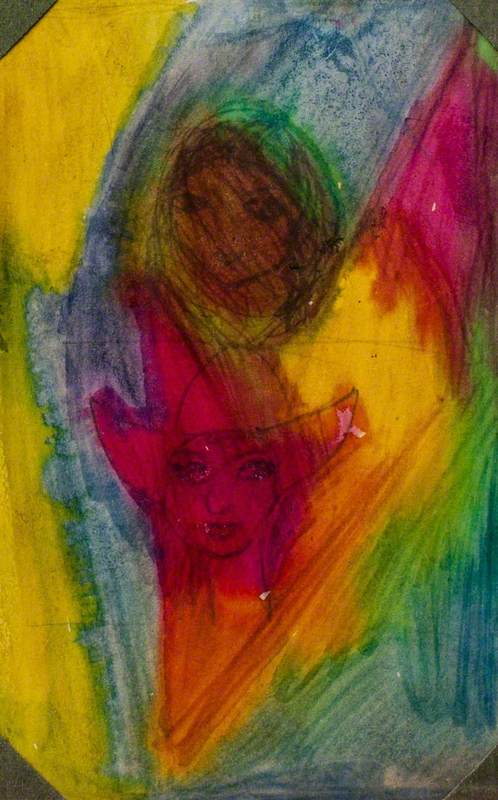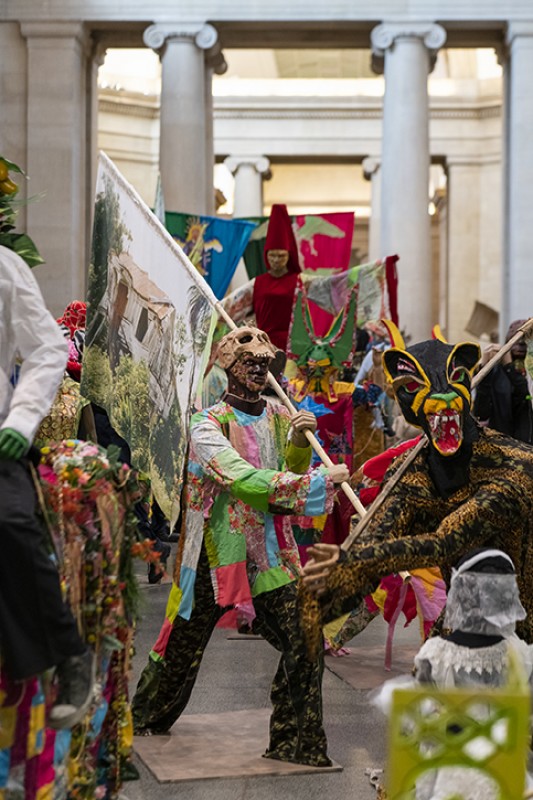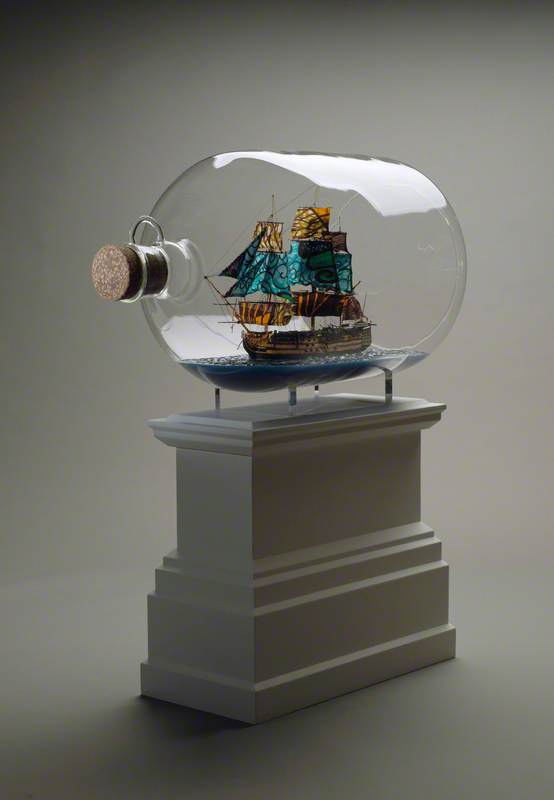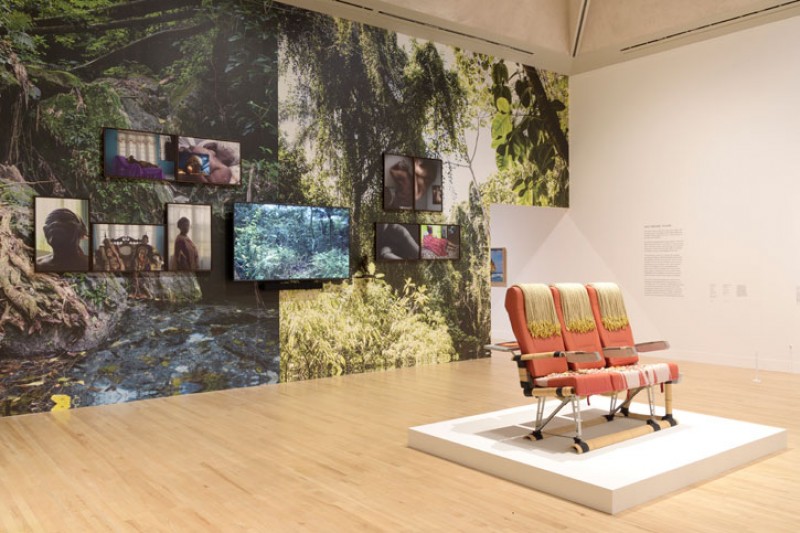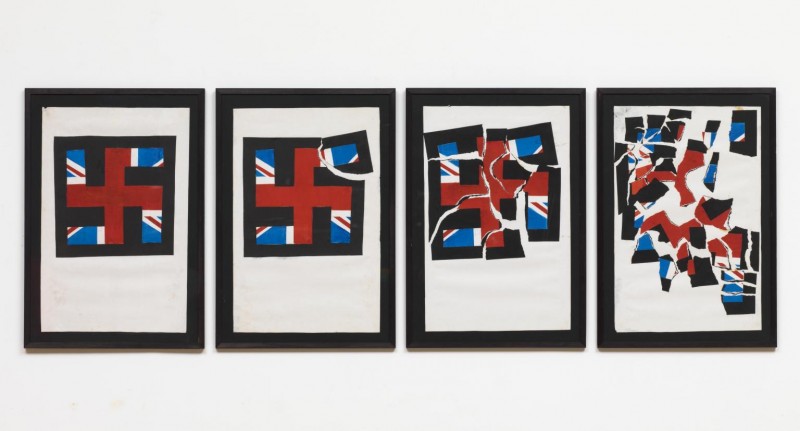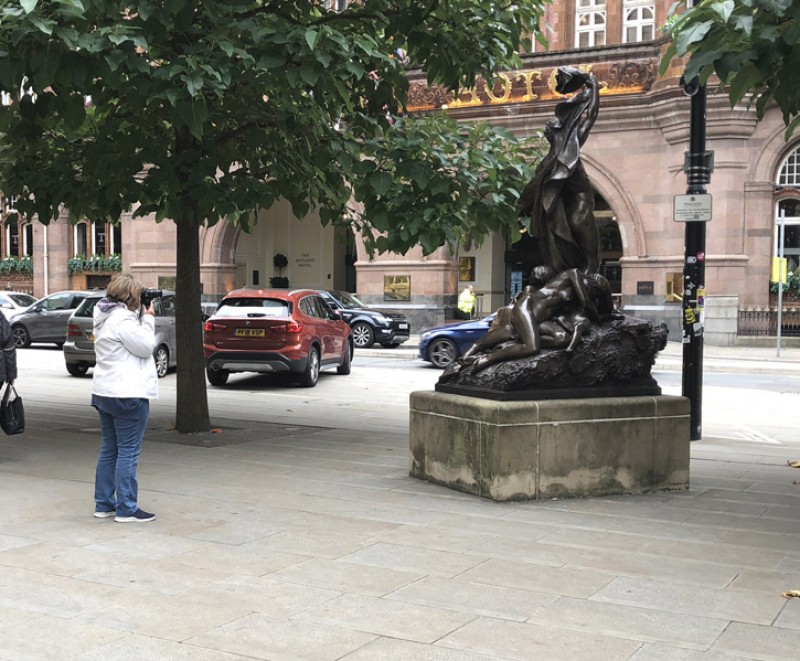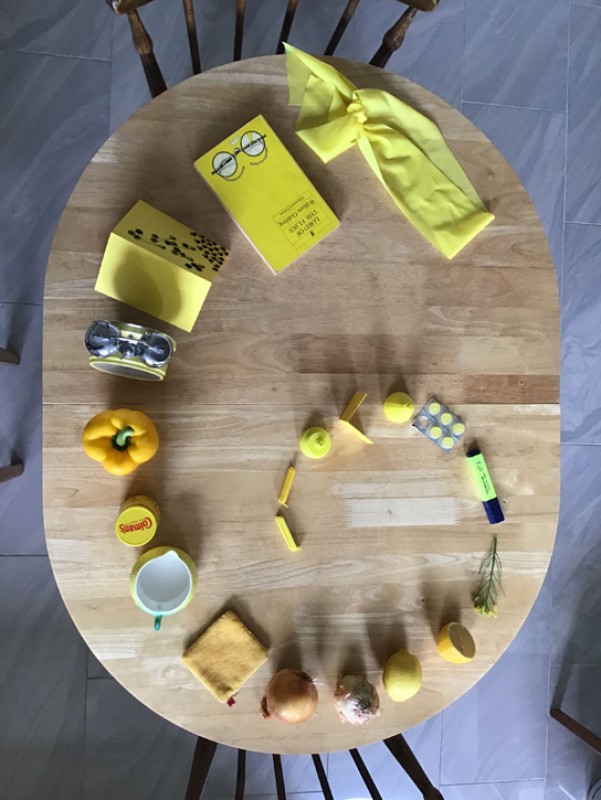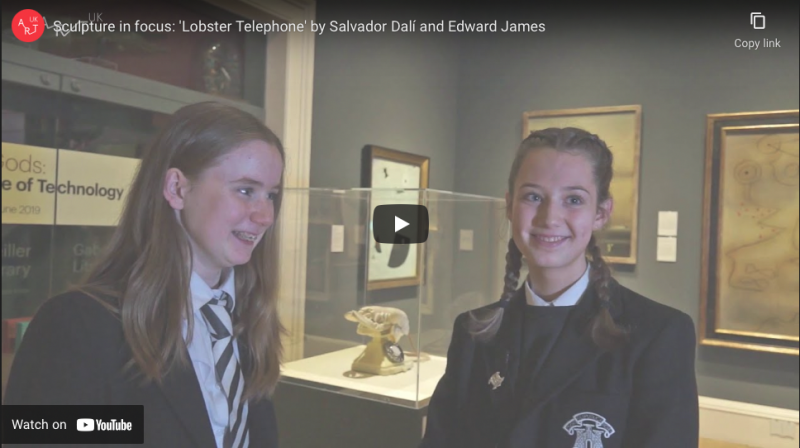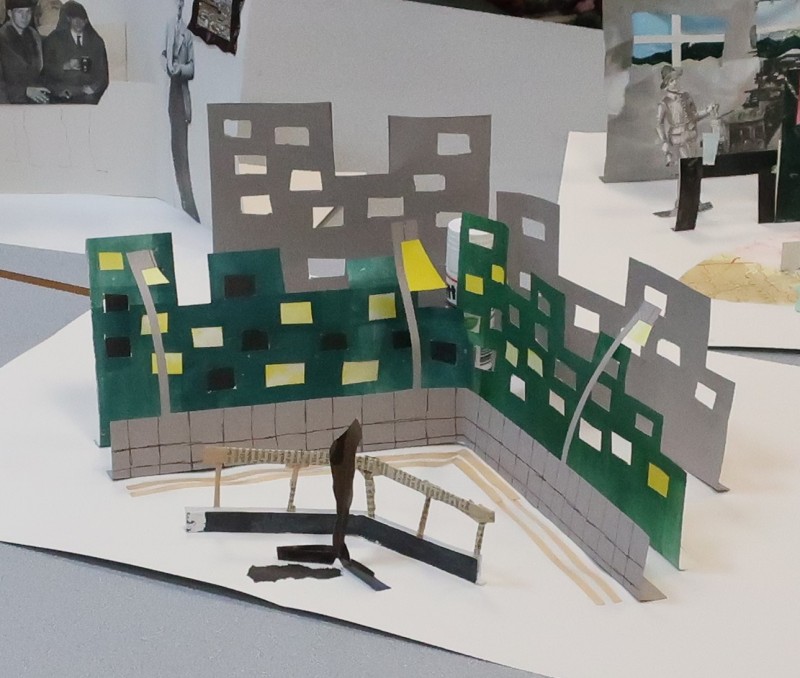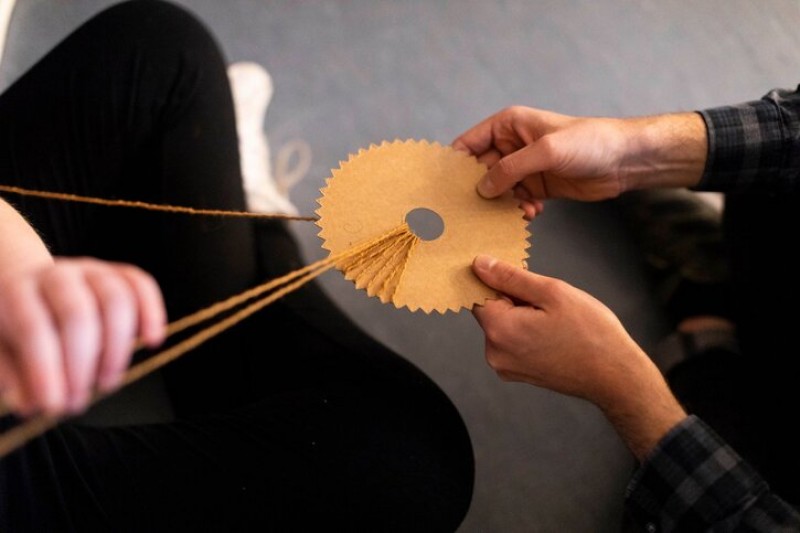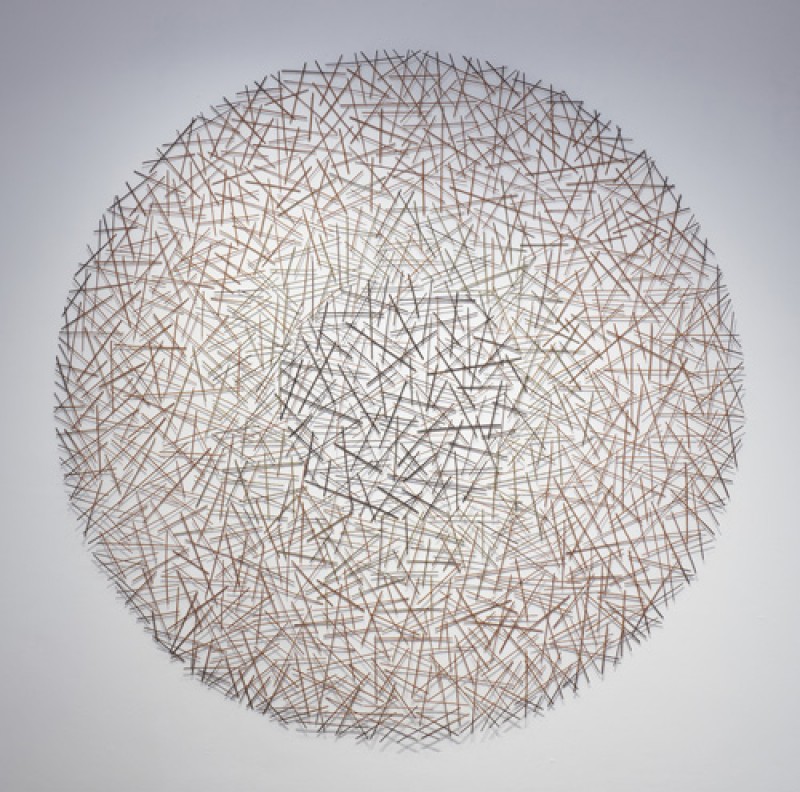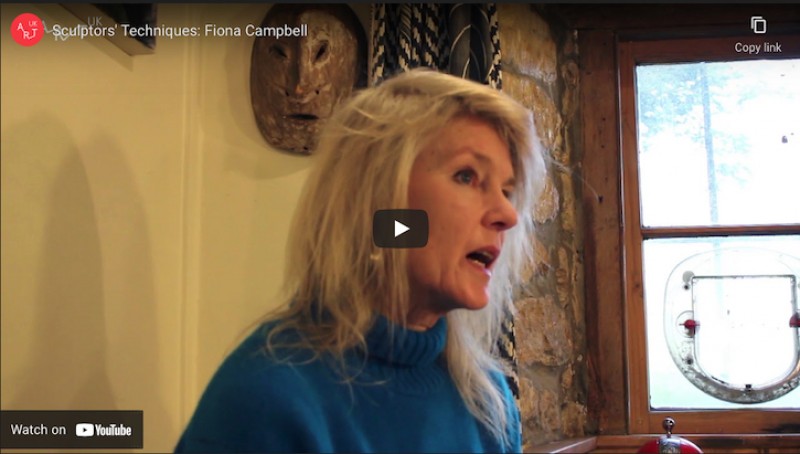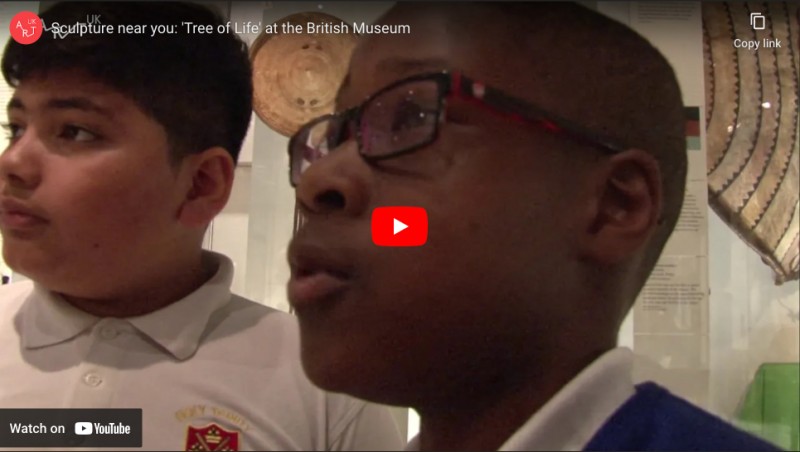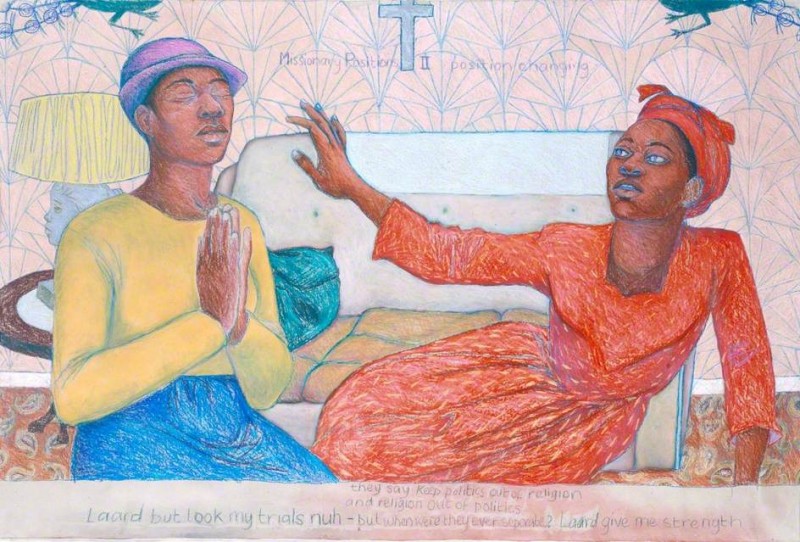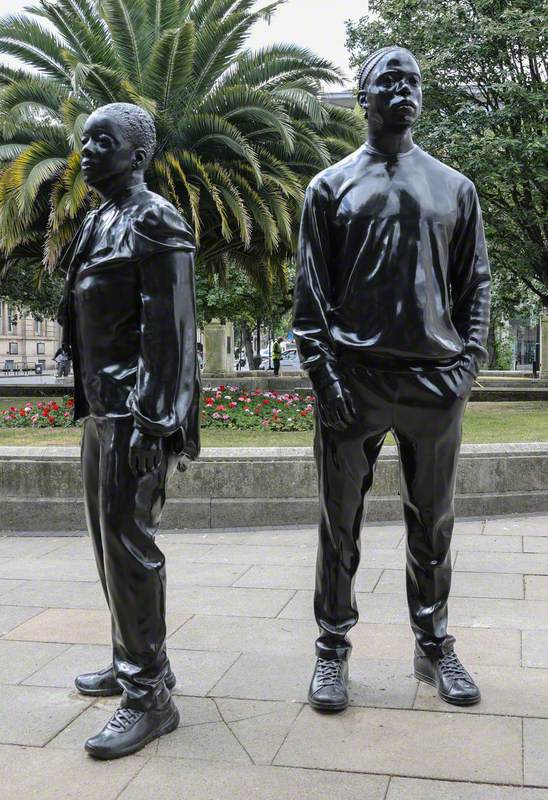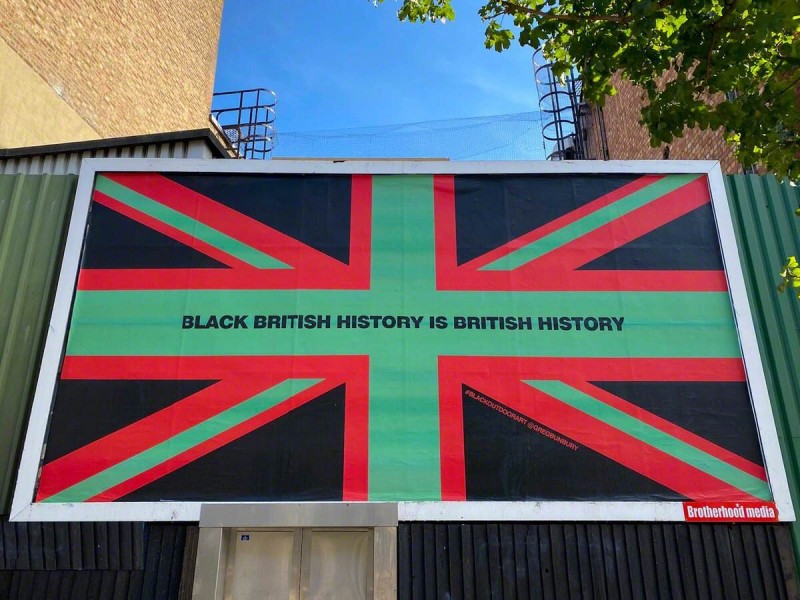Expressive Arts
Exploring the expressive arts is essential to developing artistic skills and knowledge and it enables learners to become curious and creative individuals.
Progression step 5:
I can explore and experiment with my own creative ideas and those of others, demonstrating technical control, innovation, independent thinking and originality, showing confidence to take risks and developing resilience in order to overcome creative challenges.
I can investigate and analyse how creative work is used to represent and celebrate personal, social and cultural identities.
I can independently research the purpose and meaning of a wide range of creative work and consider how they can impact on different audiences.
Responding and reflecting, both as artist and audience, is a fundamental part of learning in the expressive arts.
Progression step 5:
I can critically and thoughtfully respond to and analyse the opinion and creative influences of others in order to independently shape and develop my own creative work.
I can purposefully apply knowledge and understanding of context when evaluating my own creative work and creative work by other people and from other places and times.
I can critically evaluate the way artists use discipline-specific skills and techniques to create and communicate ideas.
Creating combines skills and knowledge, drawing on the senses, inspiration and imagination.
Progression step 5:
I can synthesise and apply experience, knowledge and understanding with sophistication and intent when communicating my ideas.
I can use professionally established, discipline-specific techniques confidently and convincingly in my creative work and work towards industry standard.
I can design creative outcomes to professional and industry-standard with sophistication, clear purpose and intent.
I can use effective strategies to take risks with my own creative work and can display resilience to overcome creative challenges.
I can evaluate and judge the appropriateness of my creative work in relation to ethical and legal considerations and its effect on participants and audiences.


